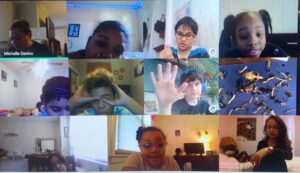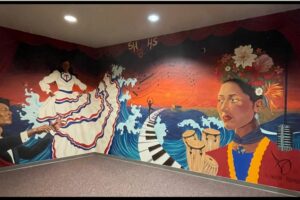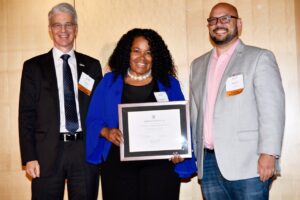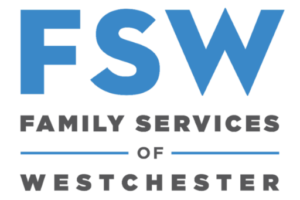
There are numerous benefits of hands-on learning, including better retention and engagement of the senses. While remote learning has made many hands-on projects a challenge, Washington Irving students in Mrs. DeVivo’s fourth grade class had a virtual experience that offered them the next best thing.
Students learn about the food chain as well as the digestive system as part of the science curriculum, and to demonstrate the unique digestive process of birds of prey, Mrs. DeVivo hosted a virtual dissection of owl pellets.
As Mrs. DeVivo started breaking the pellet apart, students called out a number of questions: “What does it smell like? “How does it feel?” Others looked on in a combination of awe and disgust, commenting, “How can you touch that?”
Mrs. DeVivo immediately found several small bones that she held close to the camera for all to see. Before long, she found what could clearly be seen as a skull. One student said that he thought the bone “looked like a claw – or maybe part of a rib cage.” Another said, “This reminds me of a puzzle and how you have to put all of the pieces together.”
The step following dissection is classification, which is the process of organizing and identifying life. Students were able to classify skulls and hips from birds, as well as hips, ribs and shoulder blades from a rodent.
The students were such keen observers during our Zoom,” said Mrs. DeVivo. “Even though they weren’t actually touching the pellets themselves, they asked such smart questions and paid close attention, so I think the lesson was still very experiential.”
Remote learners in Mr. Ramos’s class did a similar exercise.






